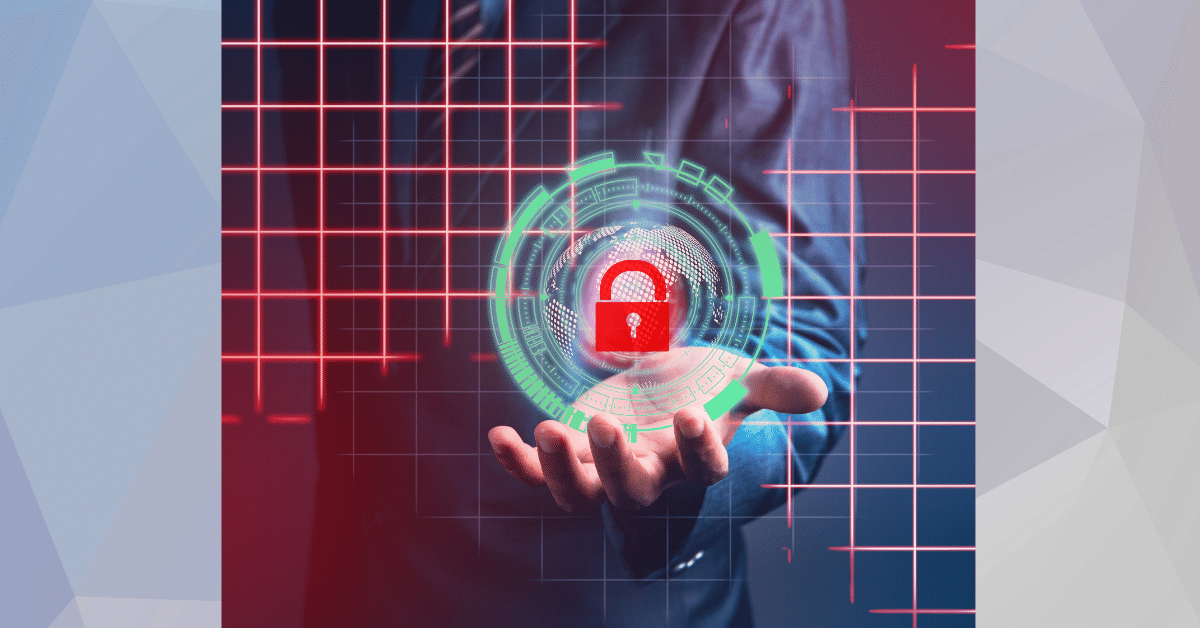The Big Shift in Cybersecurity Training Methods
Back in 2020, one IT manager I spoke with had just finished planning a three-day classroom session on cybersecurity compliance. Then the pandemic hit, and the whole thing had to be scrapped. Overnight, his team switched to an online program. He worried employees wouldn’t take it seriously without the structure of an in-person class. But when the company retested employees with simulated phishing attacks several months later, results shocked him—those who had done the online training actually fared better than those who’d done the original in-person classes.
That story captures the question still on the minds of many leaders: Are online Cybersecurity Compliance courses as good as in-class training?
Why Some Still Doubt Online Cybersecurity Training
Let’s be honest: compliance training isn’t everybody’s cup of tea. Live workshops can at least make people sit up and take notice for a few hours, but they have their own set of headaches—scheduling, travel, and days of sitting in a room and listening to lectures.
Online courses fix those issues but introduce others. Without proper design, it’s all too easy to click through slides while reading emails in another window. Staff may finish the module but leave with no recollection. The issue isn’t whether it’s online training or not—it’s whether the learning lasts and converts into day-to-day behavior.
Why Cybersecurity Training Timing Matters More Than Ever
Cyber attacks aren’t letting up. Phishing emails now employ AI to create messages that sound disturbingly authentic. Ransomware has grown more brazen. And with so many workers at home, even something so basic as a weak Wi-Fi password can invite in the attackers.
If training only occurs annually in a conference setting, it can’t keep pace. Online Cybersecurity Compliance courses, if implemented well, provide more frequent, bite-sized updates that are aligned to the speed of emerging threats. That kind of flexibility is difficult to achieve through workshops alone.
Indeed, the power to send out instant updates is one of the greatest advantages of online training. If a new scam trend hits, businesses can provide a five-minute refresher video or brief interactive quiz immediately rather than waiting months for the next workshop on the calendar. That haste could be the difference between stopping a breach and picking up the pieces afterward.
What Regulators and Industries Expect from Cybersecurity Training
In healthcare, finance, and retail, regulators aren’t interested in more than evidence that training “exists.” They’re interested in evidence that it’s up to date and effective. HIPAA, PCI DSS, GDPR, and other frameworks particularly highlight ongoing awareness.
That’s easier to demonstrate with online platforms that record completion rates, monitor quiz scores, and produce fast updates. Compliance officers can produce detailed reports at will, showing both participation and progress—something that’s much more labor-intensive with in-person sessions.
But outside of regulators, customers are paying attention too. They might never read the fine print of your cybersecurity compliance training, but they will catch wind if their personal information winds up compromised. Periodic, current programs—online or in-class—indicate that a business cares about their trust. Trust is currency in today’s digital economy.
What Makes Online Cybersecurity Training Effective
So are online Cybersecurity Compliance programs as effective as live training? They absolutely can be, but only if they’re people-centered. Some practical tips for making them stick:
- Make lessons brief. A five-minute module is more memorable than a three-hour lecture. Employees learn more when training is in bite-sized chunks.
- Use real-life examples. Present employees with the latest phishing attacks or spoofed login pages so they can recognize them immediately.
- Make it engaging. Simulations, quizzes, and role-based scenarios trump static slides any day.
- Update frequently. A brief update when new threats arise is more valuable than keeping everyone waiting for the annual review.
- Monitor and share progress. Metrics reveal what’s working and provide employees with a sense of fulfillment.
Done correctly, online training isn’t merely “good enough.” It can actually outperform classroom methods because it’s adaptable, scalable, and simpler to tailor to various roles.
The Workplace Culture’s Role in Cybersecurity Compliance
Training—whatever form it takes—is most effective when individuals feel supported. Leaders set the tone by modeling good security practices, and employees are more likely to do the same. Coworkers who give advice and remind one another about safe behavior help get the message across even better.
Some websites now integrate community functionality such as discussion forums or peer challenges. That makes training less of a drudgery and more a communal responsibility. Security isn’t merely a technical exercise—it’s a cultural ethos that gets stronger as everyone feels they have a stake in it.
Case Studies: When Online Training Succeeds and Fails
One regional bank switched to fully online compliance training in 2021. At first, staff rolled their eyes. But the program was tailored to their roles—loan officers practiced spotting wire fraud, while call center staff learned how to verify customer identities. Within a year, phishing click rates were cut in half.
Conversely, a manufacturing firm clung to its traditional model: a single in-person lecture annually. The material was changed little, and employees exited the room none the better for what new cons to be aware of. Six months later, a ransomware message masquerading as a shipping notice crept in. A few employees clicked, and the factory lost weeks of production.
The difference wasn’t online versus in-person. It was whether the training felt real, relevant, and up-to-date. For individuals seeking to further strengthen their role in cybersecurity, earning a Degree in Cybersecurity can provide a strong academic and professional edge.
How to Keep Cybersecurity Training Momentum Alive
Online programs shine when they’re treated as a living resource, not a one-and-done task. That means refreshing the content regularly, mixing in reminders through newsletters or quick challenges, and celebrating employees who put the lessons into action.
It also entails listening. Ask employees what puzzles them or what dangers they’re perceiving, and then modify the training accordingly. When individuals are listened to, they’re more committed—and the training is something they appreciate, rather than endure.
Even companies can employ gamification methods to make training fun—badges, leaderboards, and rewards for employees who show high cyber awareness. Small details generate enthusiasm and make compliance a point of pride rather than a checkmark.
The Takeaway on Online vs. In-Person Cybersecurity Training
So, are online Cybersecurity Compliance courses as effective as classroom training? The answer is yes—if they’re interactive, up-to-date, and part of an environment that understands the importance of security. In-classroom training can still be useful for team building or special sessions, but online courses provide the flexibility and velocity the cyber world requires today.
Ultimately, the actual measure of success isn’t format. It’s whether or not employees leave knowing how to identify threats, secure data, and look out for each other. Get that, and the program—online or offline—has succeeded.














